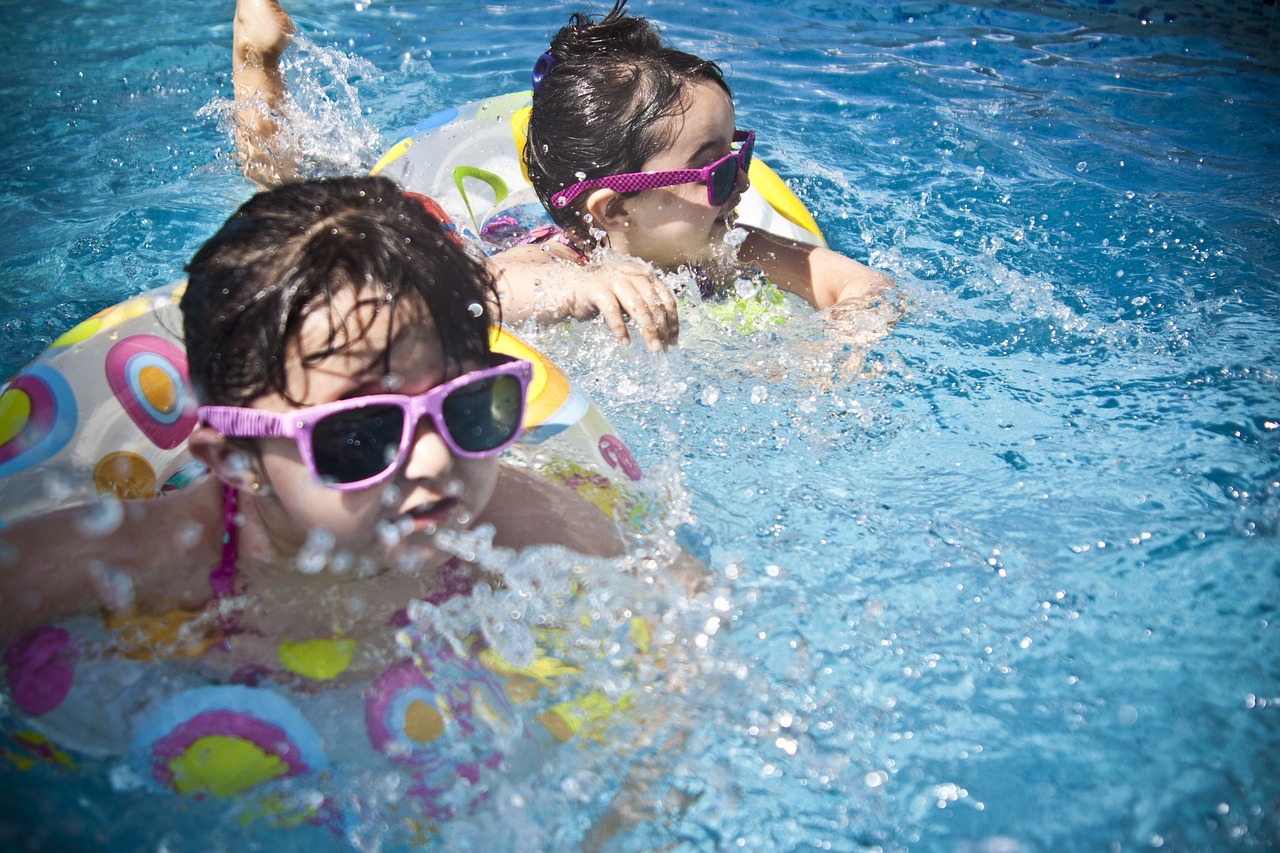Swimming classes for kids teach essential water safety skills and build confidence in the water. They help children learn proper techniques, making swimming both safer and more enjoyable.
Enrolling kids in swimming classes can reduce the risk of drowning and improve their physical health. These lessons also encourage discipline and social interaction through group activities.
Parents often look for classes that match their child’s age and skill level to ensure effective learning. Choosing the right program can set the foundation for lifelong swimming ability and safety.
Benefits of Swimming Classes for Kids
Swimming classes offer a range of advantages that support children’s growth in multiple areas. They promote physical health, teach essential safety skills, and encourage social and emotional development through structured interaction.
Physical Health and Fitness
Swimming is a full-body exercise that improves cardiovascular health and muscle strength. It helps kids develop endurance and flexibility without putting stress on their joints.
Regular swimming lessons encourage better coordination and motor skills. These sessions can lead to healthier habits early in life, helping to prevent childhood obesity.
The controlled environment of a pool allows children to exercise year-round, regardless of weather. This consistency supports ongoing fitness and physical development.
Building Water Safety Skills
Swimming classes teach children how to handle themselves safely in water environments. Basic skills like floating, treading water, and controlled breathing reduce the risk of drowning.
Instructors emphasize recognizing hazards like currents and pool edges. Children learn what to do in emergencies, which can save lives.
Parents gain peace of mind knowing their kids understand water safety rules. Early instruction increases a child’s ability to react calmly in unexpected situations.
Boosting Confidence and Social Skills
Learning to swim helps children overcome fears related to water. As skills improve, kids feel a sense of accomplishment that builds self-esteem.
Group lessons foster teamwork and communication. Children interact with peers, learning respect, patience, and cooperation.
Swimming can become a lifelong social activity. The lessons provide opportunities for making friends and developing a positive attitude toward physical activity.
Choosing the Right Swimming Classes
Selecting appropriate swimming classes requires attention to lesson plans, instructor qualifications, and how classes are organized. Each element impacts a child’s learning experience and safety.
Age-Appropriate Lesson Plans
Classes should be tailored to the developmental stage of each child. For infants and toddlers, lessons focus on water comfort and basic safety skills like holding breath and floating. Older children typically work on stroke development, breathing techniques, and endurance.
Lesson plans must progress logically, matching children’s physical and cognitive abilities. Clear goals for each age group help track progress. Parents should verify that classes match their child’s current skills and maturity to avoid frustration or boredom.
Certified Instructors and Facility Standards
Instructors must hold certifications from recognized organizations like the American Red Cross or YMCA. Proper training ensures they understand child development, emergency procedures, and effective teaching methods.
Facilities should maintain clean pools with secure fencing and controlled access. Lifeguards on duty and regular water quality checks are essential. Families should confirm the safety protocols and instructor-to-student ratios before enrollment.
Class Structure and Size
Small class sizes, ideally 4 to 6 children, allow instructors to give individualized attention. Larger groups can reduce supervision and slow skill development.
Classes should be grouped by skill level, not just age, to foster appropriate challenges and peer support. Sessions lasting 30 to 45 minutes balance skill-building with children’s attention spans. Consistent scheduling helps maintain steady progress.


Leave a Reply